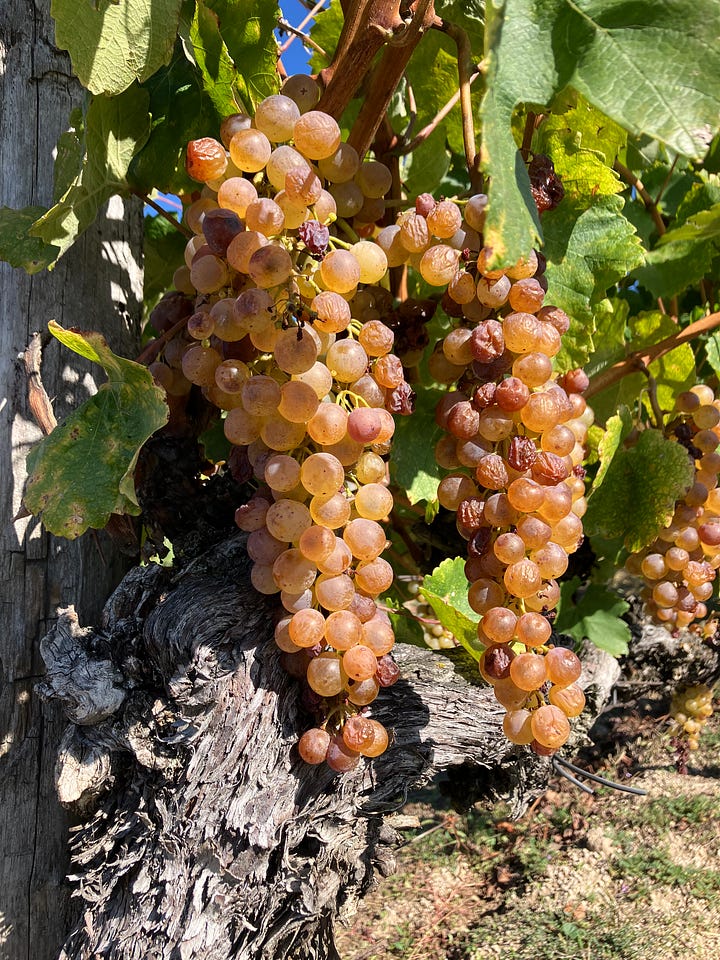Why choose wine by its color?
Seeing wine is the first step in drinking it, and choosing a wine by its color means selecting based on personal desire rather than the knowledge imposed by labels.
In the nature, color plays a crucial role in evolution. This applies to the plumage of birds, the petals of flowers, and the flesh of fruits. Wines—especially those made without chimicals imputs—offer a pure reflection of the vine and, through it, of nature itself.

Understanding the color of wine means understanding the vine, its environment, and its winemaking process. From its color, one can gather extensive information about the wine they are about to drink: vintage, grape variety, alcohol content, soil composition, climate, and aging all contribute to the infinite palette of hues, from anise green to nearly black, passing through ruby, amber, or gold. Seeing wine is the first step in drinking it. The eye perceives its intensity, shade, clarity, and brilliance. A light red or a crisp white—our eyes can make us crave a wine before we even take a sip.


Keep reading with a 7-day free trial
Subscribe to How to get lost in France to keep reading this post and get 7 days of free access to the full post archives.




